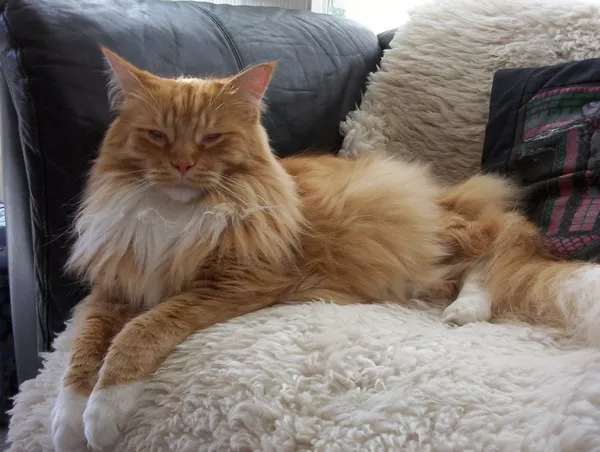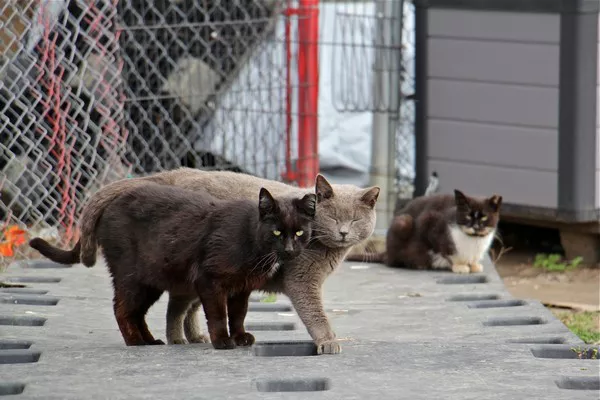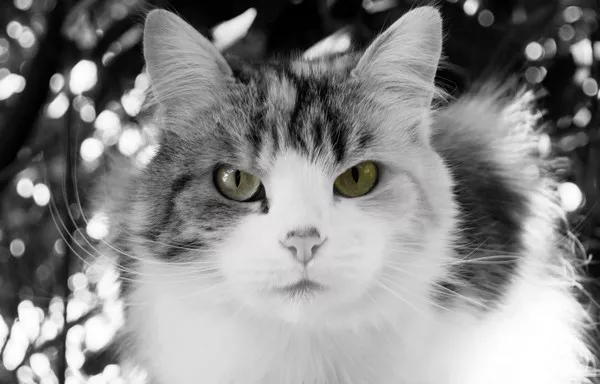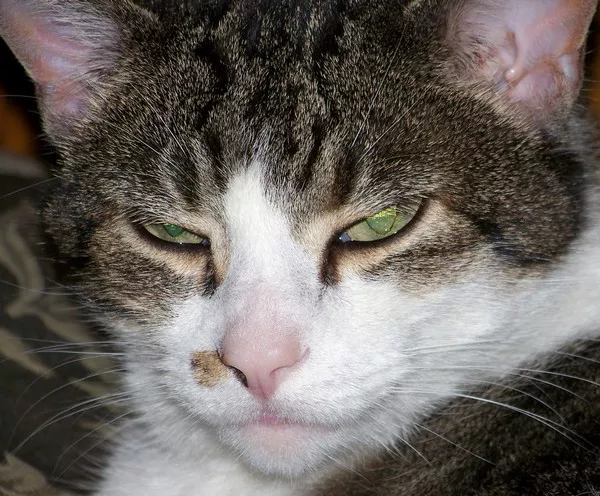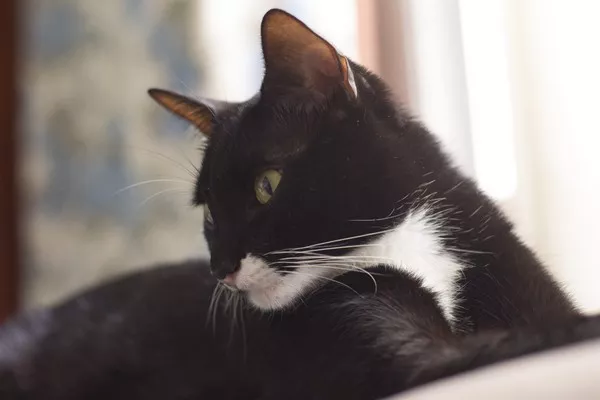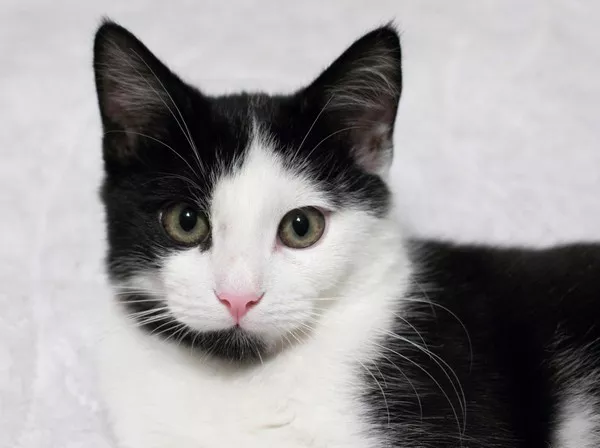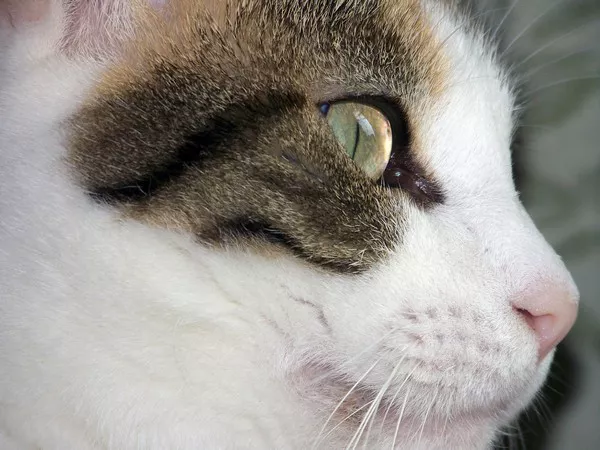The Cornish Rex cat breed is known for its distinctive appearance and unique coat. Among the many questions potential owners have, shedding tendencies are often a significant concern. This article delves into the shedding habits of Cornish Rex cats, exploring the factors that influence their grooming needs and offering practical advice on how to care for these beloved pets.
The Cornish Rex Breed
The Cornish Rex is a breed of domestic cat known for its soft, curly coat and slender body. Unlike most cats with three layers of fur (guard, awn, and down), Cornish Rex cats have only a fine undercoat, which gives them their characteristic wavy or curly appearance. Their fur is short and lies close to the skin, making them distinct from other breeds in both look and feel.
Genetics and Coat Structure
The unique coat of the Cornish Rex is a result of genetic mutation. Unlike other cats, their hair lacks the typical outer coat of guard hairs, which are replaced by the very short awn and down hairs. This mutation also affects the structure of their hair follicles, causing the hair to curl or wave. Due to this genetic makeup, Cornish Rex cats shed less than many other breeds.
Do Cornish Rex Cats Shed?
One of the most appealing characteristics of Cornish Rex cats for potential owners is their minimal shedding. While all cats shed to some extent as part of their natural hair growth cycle, Cornish Rex shedding is significantly less noticeable compared to breeds with denser fur coats. This is primarily due to their short, fine hair that lacks the typical undercoat and guard hairs found in many other breeds.
Understanding Shedding Cycles
Like all animals with fur, Cornish Rex cats go through shedding cycles. Shedding is a natural process that allows cats to replace old or damaged hair with new growth. However, because Cornish Rex cats have minimal undercoat and fine hair, their shedding tends to be less pronounced and often goes unnoticed by owners. Shedding cycles can vary based on factors such as age, health, and environmental conditions.
Factors Affecting Shedding in Cornish Rex Cats
Several factors influence the shedding patterns of Cornish Rex cats. Understanding these factors can help owners anticipate and manage grooming needs effectively:
1. Genetics:
The genetic makeup of Cornish Rex cats plays a significant role in their shedding tendencies. The mutation that gives them their unique coat structure also affects how much and how often they shed. Generally, their minimal shedding is a result of having less fur and no dense undercoat.
See Also: What Are Devon Rex Cat like as Pet?
2. Seasonal Changes:
While Cornish Rex cats shed less overall, they may experience slight fluctuations in shedding during seasonal changes. Some cats, especially those kept indoors with controlled climates, may not show noticeable seasonal shedding patterns. However, changes in daylight and temperature can influence shedding in some individuals.
3. Health and Nutrition:
A cat’s overall health and diet can impact their coat condition and shedding. Cornish Rex cats require a balanced diet rich in nutrients to maintain healthy skin and coat. Poor nutrition or underlying health issues can lead to dry, flaky skin and increased shedding.
4. Grooming Practices:
Regular grooming can help manage shedding in Cornish Rex cats, although they require less grooming compared to breeds with heavier coats. Gentle brushing with a soft bristle brush or grooming glove can help remove loose hair and distribute natural oils, keeping the coat healthy and shiny.
Managing Shedding in Cornish Rex Cats
While Cornish Rex cats shed less than many other breeds, they still benefit from regular grooming and care to maintain their coat and overall health:
1. Regular Brushing:
Despite their minimal shedding, Cornish Rex cats should be brushed regularly to remove loose hair and prevent matting. A soft bristle brush or grooming glove is ideal for their fine, delicate coat. Aim for a weekly brushing session to keep their coat in optimal condition.
2. Bathing:
Unlike some breeds, Cornish Rex cats may benefit from occasional baths to remove excess oil and debris from their skin and coat. Use a mild, cat-friendly shampoo and lukewarm water. Avoid over-bathing, as it can strip natural oils and lead to dry skin.
3. Balanced Diet:
Providing a balanced diet is essential for maintaining healthy skin and coat in Cornish Rex cats. Choose high-quality cat food that meets their nutritional needs, including omega fatty acids, which support skin health and reduce shedding.
4. Environmental Enrichment:
Mental and physical stimulation is crucial for a cat’s overall well-being, including their coat health. Provide plenty of interactive toys, scratching posts, and climbing structures to keep Cornish Rex cats active and engaged. A happy, stress-free cat is less likely to experience excessive shedding.
5. Veterinary Care:
Regular veterinary check-ups are essential for monitoring your Cornish Rex cat’s health and addressing any concerns early on. Your veterinarian can provide guidance on nutrition, grooming, and overall care specific to your cat’s needs.
Conclusion
Cornish Rex cats are beloved for their unique appearance and minimal shedding compared to many other breeds. Understanding their genetic makeup, grooming needs, and factors influencing shedding is essential for providing optimal care. With regular grooming, a balanced diet, and a stimulating environment, Cornish Rex owners can help their cats maintain healthy skin and a shiny coat. By incorporating these practices into their care routine, owners can enjoy the companionship of these charming and low-shedding feline companions for years to come.








